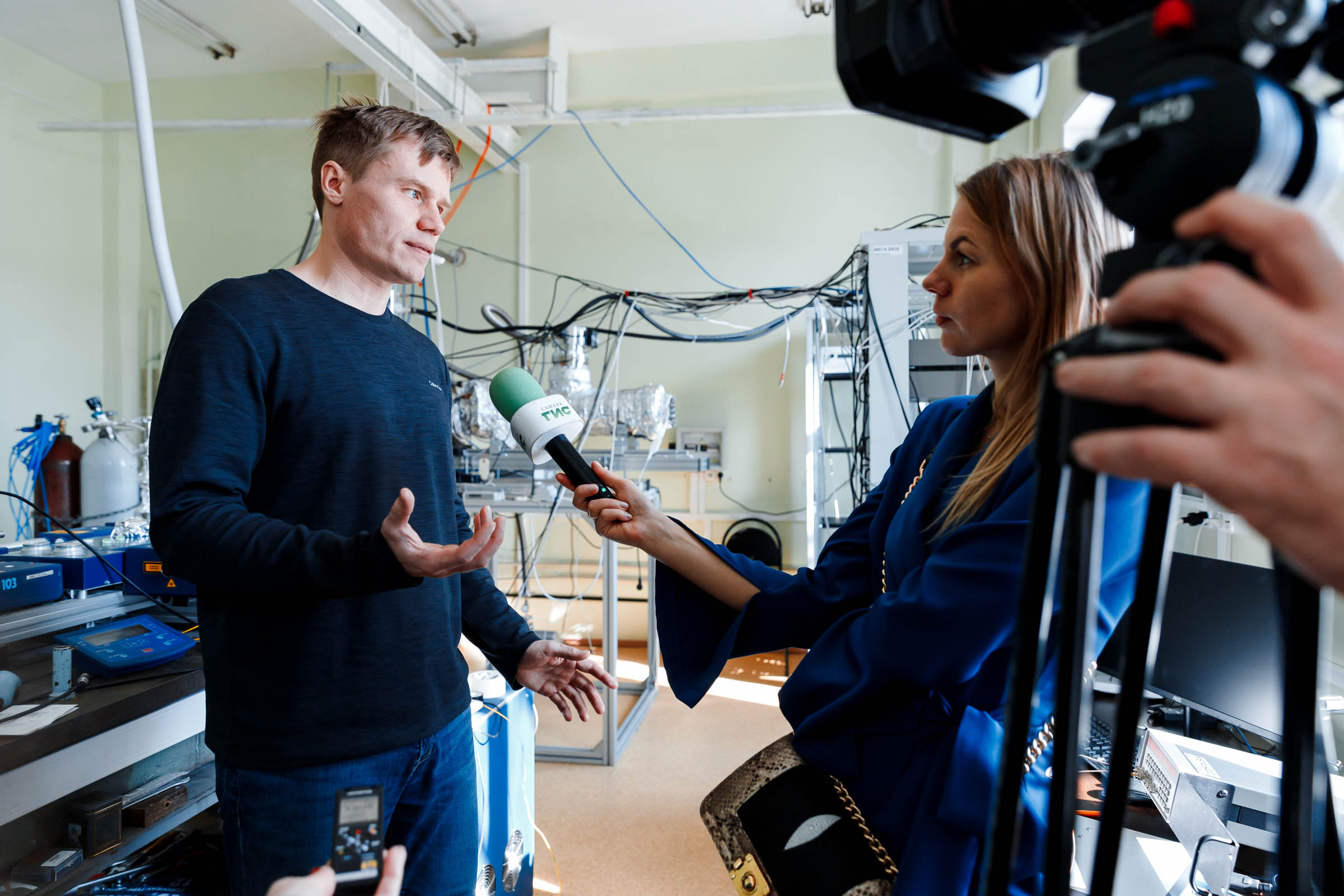“One of the main tasks of our project is to find ways to form the simplest biomolecules in order to answer the question of how life could have originated, whether life could exist somewhere else besides Earth. If these processes are going on in space, then most likely they can,” said Ivan Antonov, senior researcher at the Samara Branch of P.N. Lebedev Physical Institute of the Russian Academy of Sciences, Associate Professor of the Department of Physics at Samara University.
The world-class installation reproduces the conditions of the deep vacuum of the interstellar medium – both cold molecular clouds and star formation regions. It allows us to study the evolution of organic molecules in the galaxy. Scientists are testing the hypothesis of the origin of molecules in the reactions of space ice.
Similar installations exist only in the USA and China. “There are no such installations in Russia. There is a similar installation, which is aimed at approximately the same goals as ours, but slightly different processes are being investigated. It is located at the Ural Federal University,” Antonov explained to TASS.
He added that the research team is counting on collaborations with interested researchers. “At the moment, we have contacts with scientific centers that have accelerators. People working on accelerators are interested in studying radiochemical processes. We can help them with this, and they can help us with radiation sources,” the interlocutor added.
The installation has become a key element of the Laboratory for Astrophysics Samara Branch of P.N. Lebedev Physical Institute of the Russian Academy of Sciences.
Source: nauka.tass.ru
 RU
RU  EN
EN  CN
CN  ES
ES 






